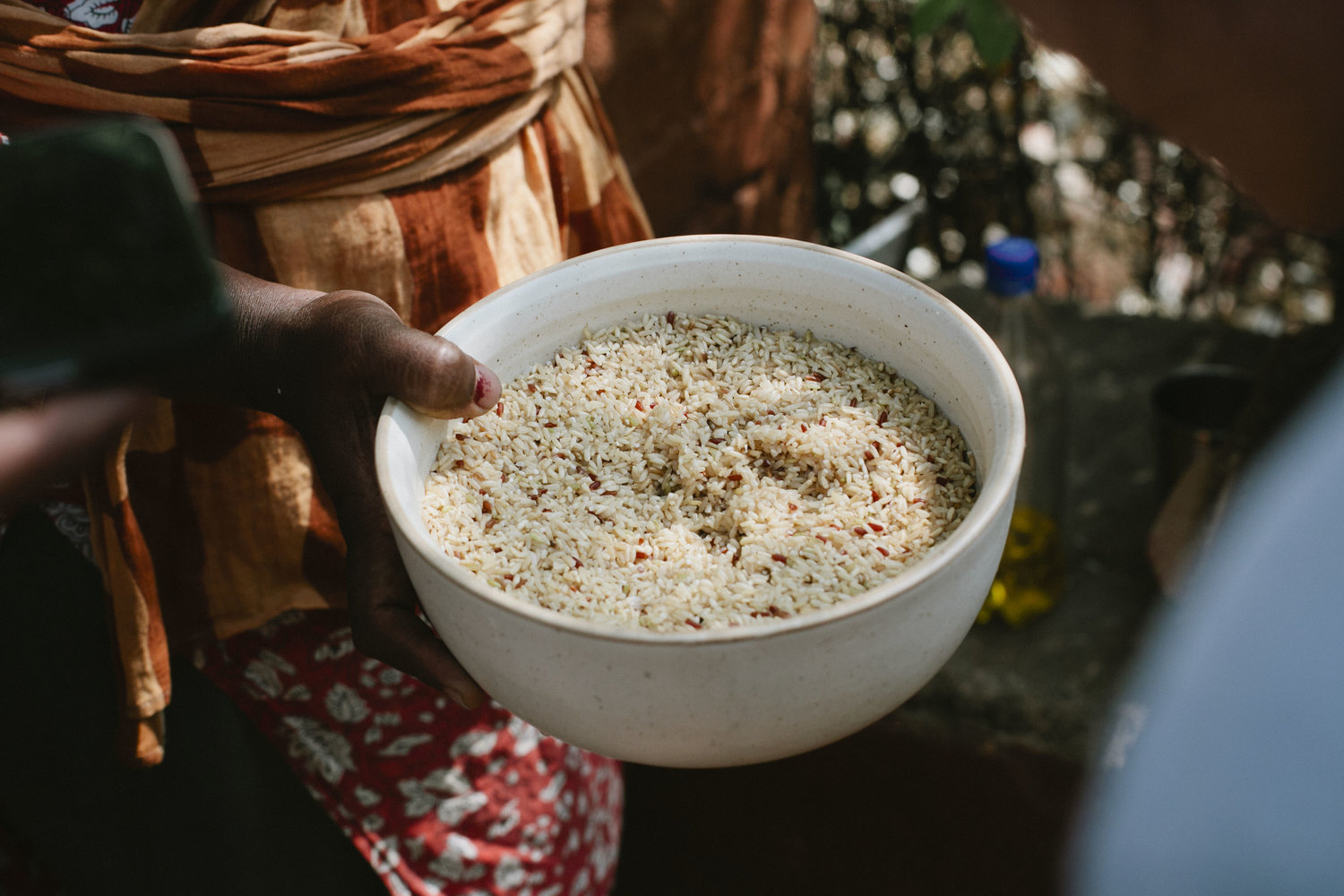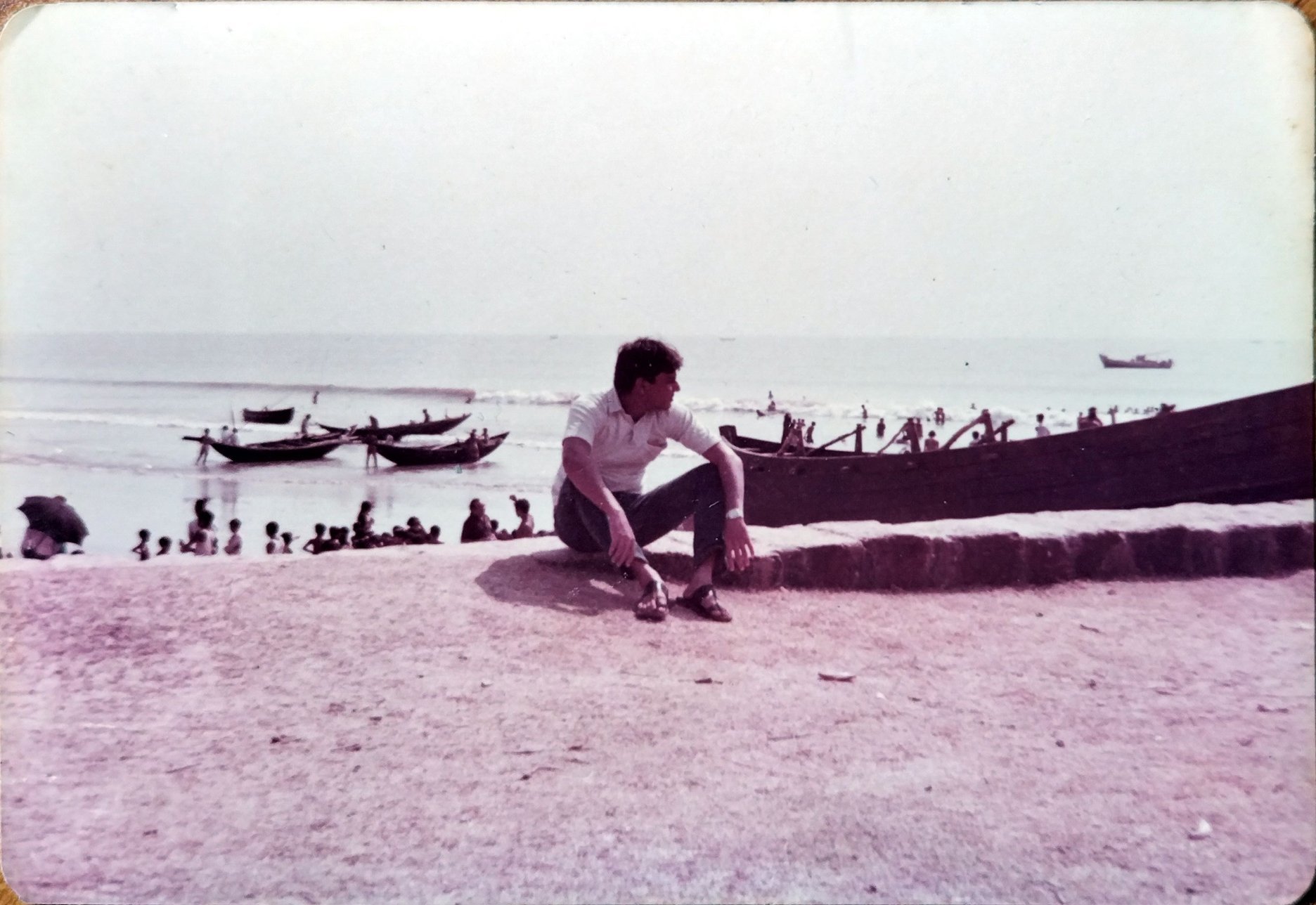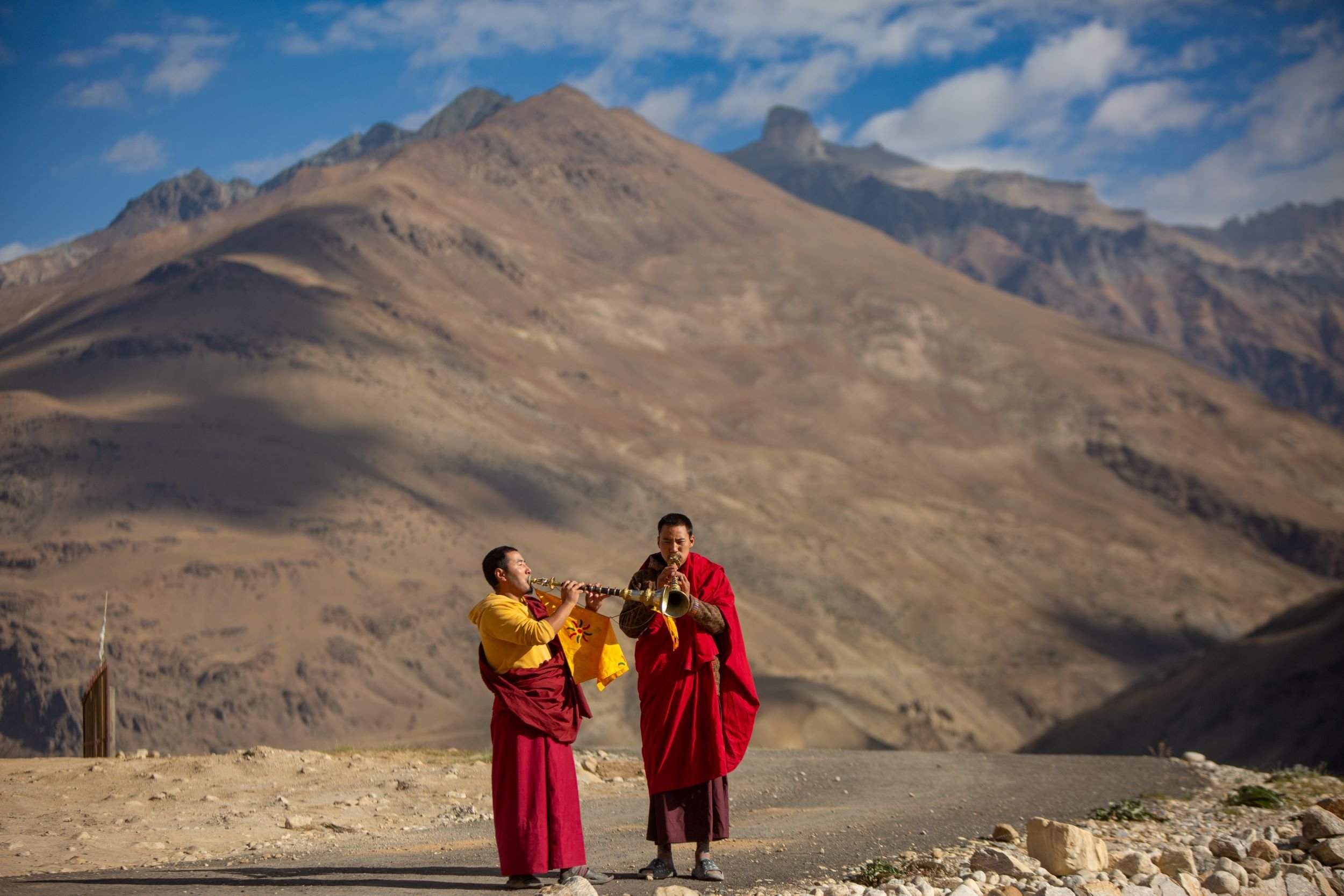In Defence of Rice

Shivani Unakar explores the story of traditional Indian rice varieties, how they disappeared from our farms, and why they deserve a place on our plates.
I grew up in south India; I cannot imagine life without rice. It’s been part of my breakfast, lunch and dinner, as idli, dosa, boiled rice, kheer, pongal and the many other ingenious ways we cook it.
But in recent times, I have met many people trying to reduce (or entirely cut out) rice from their diets: a diabetic uncle swapped out rice for steamed broken wheat; a friend’s parents, also diabetics, prefer millets; a fitness conscious friend switched from rice to millets, wheat berries and quinoa to lose weight; an aunt has started using millets in place of rice, because she feels they are more nutritious. Several others are adopting ketogenic diets, avoiding carbohydrates altogether.
Historically, India has had thousands of rice varieties, diverse in calorific, nutritional, medicinal and culinary value. Which got me to wondering if there was some way that people could meet their nutritive objectives without having to give up rice altogether.
Last year, I met Vishala, founder of Bengaluru-based Buffalo Back Collective, a group of farmers and retailers trying to create a market for good and clean food in Bengaluru. Interested in learning more about India’s native grains, I volunteered to help organise a rice festival, to showcase India’s rice biodiversity. That was when I started discovering just how many varieties of rice we have in this country, all with their own unique attributes. I saw and tasted at least twelve rice varieties, among then the gobindbhog, kataribhog, radha tilak and dudheshwar, all from West Bengal alone; and this was just a tiny fraction of what one Indian state has to offer. Experts in the field say that if we were to taste just one kind of rice every day, it would still take us nearly 500 years to taste them all!
According to food historian KT Achaya, there were over 100,000 varieties of rice in India, and twice as many across the world. In his book The Story of Our Food, he explains that rice evolved from a perennial wild grass into an annual wild grass which could be grown from seeds, Oryza nivara. These seeds were gathered by people along the Indus and Ganges valleys, and then cultivated for food. Over time, this evolved into Oryza sativa, the domesticated rice that we know today.
Over the centuries, new rice varieties emerged in various ways. It was cultivated across various terrains, like floodplains of rivers, hills and also saline estuaries. Besides natural adaptation to new habitats, careful breeding by skilled farmers over generations led to the evolution of varieties with desired characteristics. With this long history of varied cultivation, rice became one of the most adaptable grain crops, explaining the tremendous diversity of rice originating in India.
Rice varieties born out of such processes are called landraces — races that have developed from the land. These are considered to be the old, native, indigenous or traditional varieties. In contrast, new varieties developed through genetic modification in laboratories are known as hybrids. And these hybrids, usually with alphanumeric names, are considered modern varieties.
Mapilai samba is a red rice that is rich in vitamin B6 and Magnesium | Image credit: Jopreets Kitchen
Between the 1960s and 1990s, India experienced a Green Revolution. Attempts to increase production saw our agriculture system adopt mechanised processes, chemical fertilisers, and high-yielding hybrid seeds. One such hybrid rice variety, IR8, was developed by the International Rice Research Institute (IRRI) and released for use around Asia, including India. This variety, commonly known as ‘Miracle Rice’, promised a yield ten times that of native varieties. So for the Indian government concerned about feeding its rapidly growing population, this seemed like a no-brainer solution! IR8 and other similar hybrids were soon adopted by farmers across the country, and showed phenomenal results: India became one of the world’s most successful growers and exporters of rice.
But in the chase to produce quantity, we overlooked quality and variety. One of the biggest pitfalls of the Green Revolution was the massive loss of crop biodiversity, replacing it with a handful of grains inferior in quality and nutritional values. Gaytri Bhatia, of Vrindavan Farm near Mumbai, has recently been growing some traditional varieties in her paddy fields. In a post on Vrindavan’s Instagram page, she shares the difference between the rice of her childhood and the rice of today. ‘Rice had character, aroma and nutrition’, she writes; ‘the rice we eat now just feels flat.’
Ayurveda spoke of different scented varieties of rice with medicinal and curative properties, back in the 15th and 16th Centuries AD. But Gaytri, and many others like her, have noticed that the rice we eat in India today just isn’t the same. No wonder then, that modern rice — devoid of flavour, aroma and nutrition — has become dispensable among conscious eaters.
But it doesn’t have to be that way. Many of India’s traditional varieties of rice still grow in small pockets across the country. Regions that were too remote, too poor or too harsh in climatic conditions to implement the Green Revolution farming practices were considered unlucky because they couldn’t enjoy the benefits of the high-yielding hybrids. But today, these same regions are home to the precious remainder of our traditional crop varieties, making them the truly lucky ones. And some of these varieties could offer answers to many of our nutritional and lifestyle needs.
Gobindbhog is a variety of short-grain rice native to West Bengal| Image credit: Amar Khamar
For example, the International Rice Research Institute studied 235 rice varieties from around the world, and found that many were in the medium to low Glycemic Index (GI) bracket. “This means rice can be part of a healthy diet for the average consumer, and part of a low GI diet to help those with Type II diabetes better manage their condition”, IRRI reassures.
The heartening fact is that some of our traditional rice varieties, with known nutritional, medicinal and culinary benefits, are slowly but surely being revived.
Namma Nellu (Tamil for ‘our rice’) is an initiative by Chennai-based Center for Indian Knowledge Systems (CIKS) that works towards indigenous seed conservation and building a seed bank. CIKS grows over 100 varieties of indigenous rice on its experimental farm near Chennai, and the seeds are then shared with farmers for cultivation. Among the varieties CIKS grows, are some of particularly interesting nutritional value:
Neelan samba, a coarse red rice, and a rich source of calcium, is traditionally fed to pregnant women and lactating mothers. Anthocyanin, that gives the grains its red colour, is also a good source of antioxidants.
Mapilai samba, another red rice, was traditionally fed by some communities to bridegrooms (mappilai in Tamil), who had to prove their strength before marriage, by lifting a heavy rock and hurling it as far as they could. This grain was said to give them a boost of energy and stamina. It is also rich in vitamin B6 and Magnesium, which strengthens the nervous system.
Kalanamak, a grain with black husk and salty flavour thanks to 40-odd mineral salts it contains, is said to protect against nerve disorders, kidney ailments, skin diseases, blood pressure and diabetes.
Vrihi (Sanskrit for ‘rice’), a seed bank in Odisha established by the Centre for Interdisciplinary Studies (CIS), is another initiative working at reviving traditional rice varieties. Its founder Dr Debal Deb writes about varieties like Kelas and Bhut moori in their seed bank, which are rich in iron and folic acid, and protect tribal women from anaemia during and after pregnancy.
Such seed banks and seed exchange initiative are fostering a rice renaissance in India today. Movements like the Save Our Rice campaign are helping build knowledge banks around traditional rice varieties. And organisations like Buffalo Back Collective, Original Indian Table and OOOFarms are creating direct links between farmers and consumers, to make such varieties more easily accessible.
While I won’t call rice a superfood (just yet), I will speak in its defence: Don’t be afraid of rice. Don’t shun or hate it. Don’t eat it with guilt and dread the extra laps you’ll have to run tomorrow. Instead, look beyond Ponni, Sona Masoori and Basmati, and you will surely find several interesting varieties of rice to suit your plate, palate, and health. Happy eating!
Banner image credit: Aysha Tanya
Shivani Unakar explores the traditional food cultures of India, especially in rural regions, where they are still alive and used in daily cuisine. She was invited by Slow Food International to present at their conference, “We Feed The Planet” in 2015, to encourage the appreciation of diversity in India’s traditional food cultures. You can follow her at @shivaniunakar.
ALSO ON THE GOYA JOURNAL









